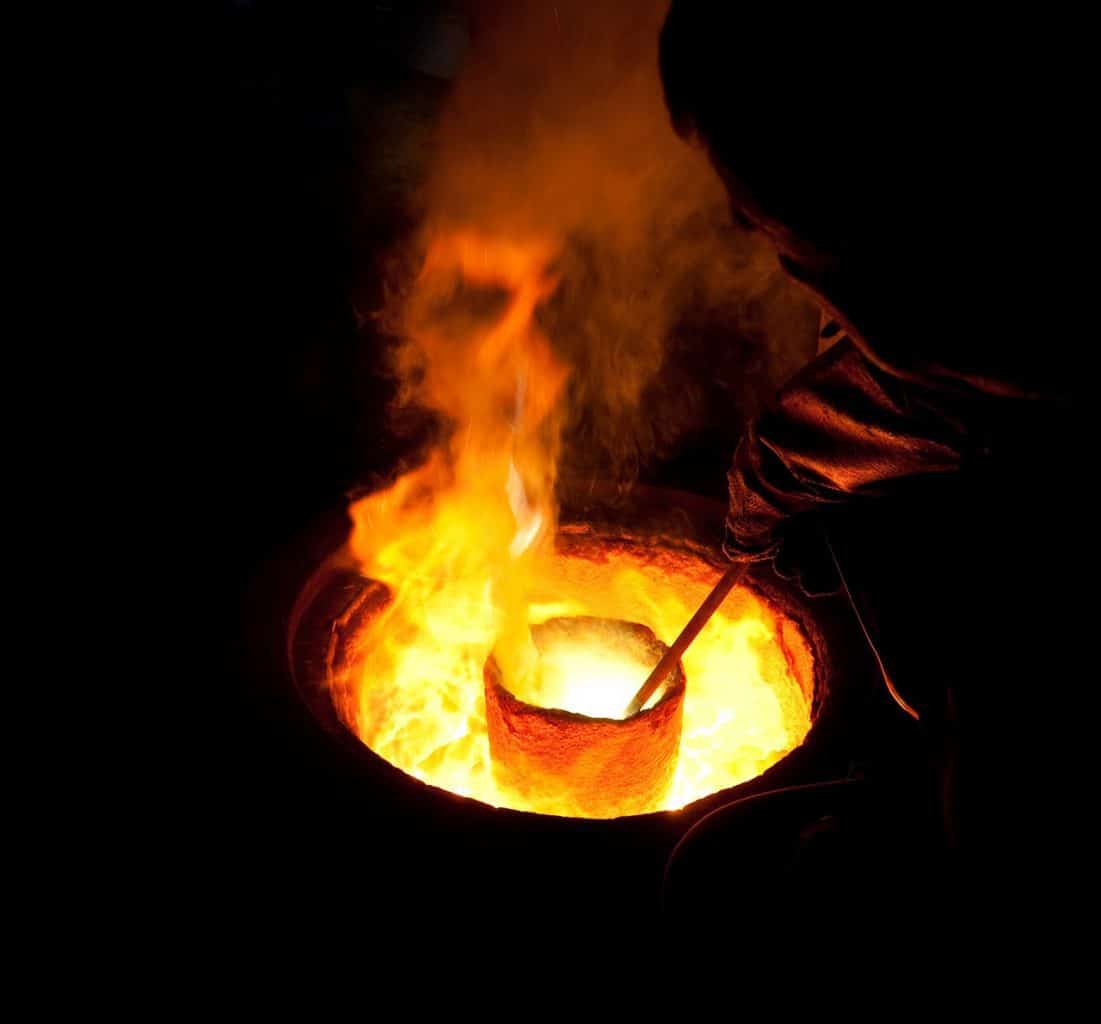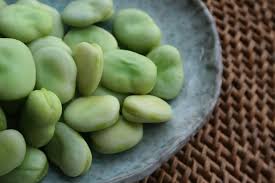Honey never spoils or goes bad, but it may crystallize. This is not a bad thing, as a matter of fact, some beekeepers intentionally cause their honey to crystallize and sell it as premium “creamed honey“. If your honey solidifies into a thick mass of honey crystals it is a simple process to reverse […]
Month: February 2016
Metal Casting: A Sand Casting Manual for the Small Foundry, Volume 2
The Sand Casting Manual, Volume 2, continues with solidification of metals and why it matters. Specifics of aluminum, copper alloys, brass and bronze are discussed along with solution heat treatment and precipitation hardening. Ductile and gray cast iron are covered. Gating systems, filters, chills and risers are described along with the design of proper gating […]
Recipe: Baby Food (Peas)
As a new mom, my wife is very particular what she feeds the boy, and as a new dad, I am always wondering how to afford all the new budget items babies bring. When practical (especially during the summers when the wife is not teaching) we find making our own baby food makes the wife […]



